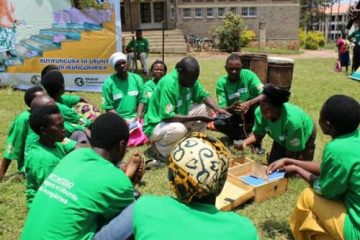Technology is seen as a tool for profit and expansion, while social responsibility is often tacked on like a glossy afterthought. I assumed I’d find more of the same in China, maybe even worse. Before visiting China, I didn’t expect much from the country’s tech giants, especially not when it came to empathy.
In many parts of the world, we’ve grown familiar with a version of innovation that moves fast, breaks things, and seldom looks back. But I was wrong. What I saw challenged that assumption completely.
My journey took me into the heart of China’s tech ecosystem, and one company stood out: Ant Group.
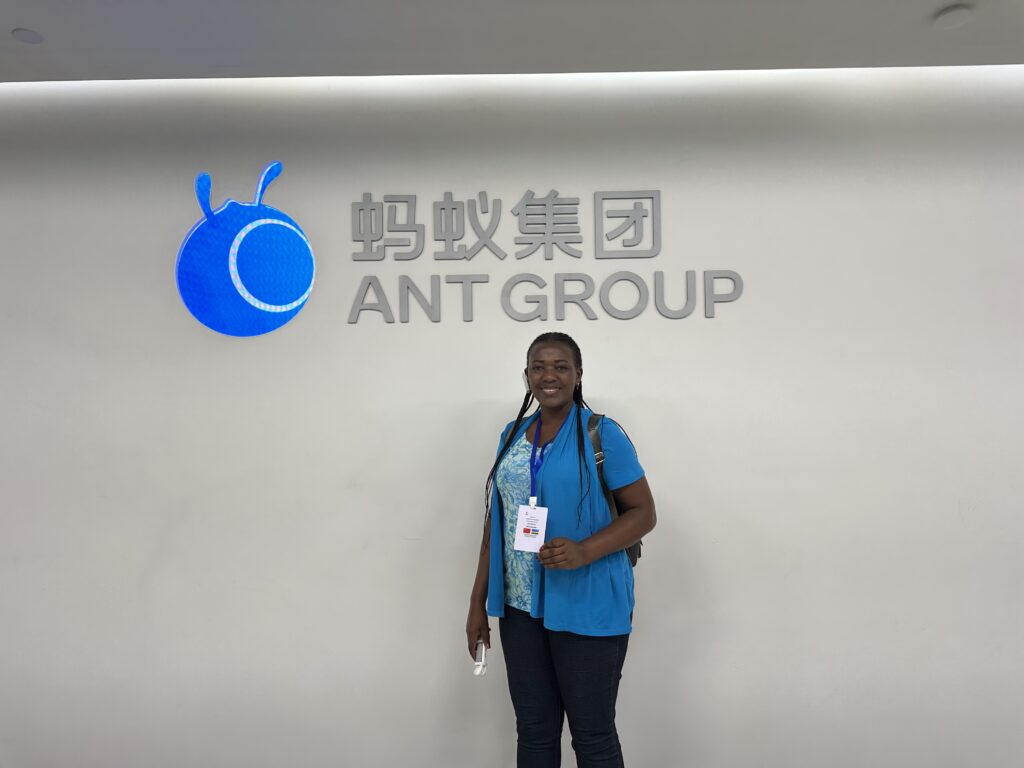
Most people know Ant Group as the force behind Alipay, one of the largest digital payment platforms in the world. Originally a part of Alibaba, Ant has since evolved into a leading global player in fintech, its influence extending into digital finance, blockchain, artificial intelligence, and beyond. On the surface, it looked like any other towering tech success: sleek branding, frictionless transactions, massive scale. But what caught my attention wasn’t just the technology. It was the conscience behind it.
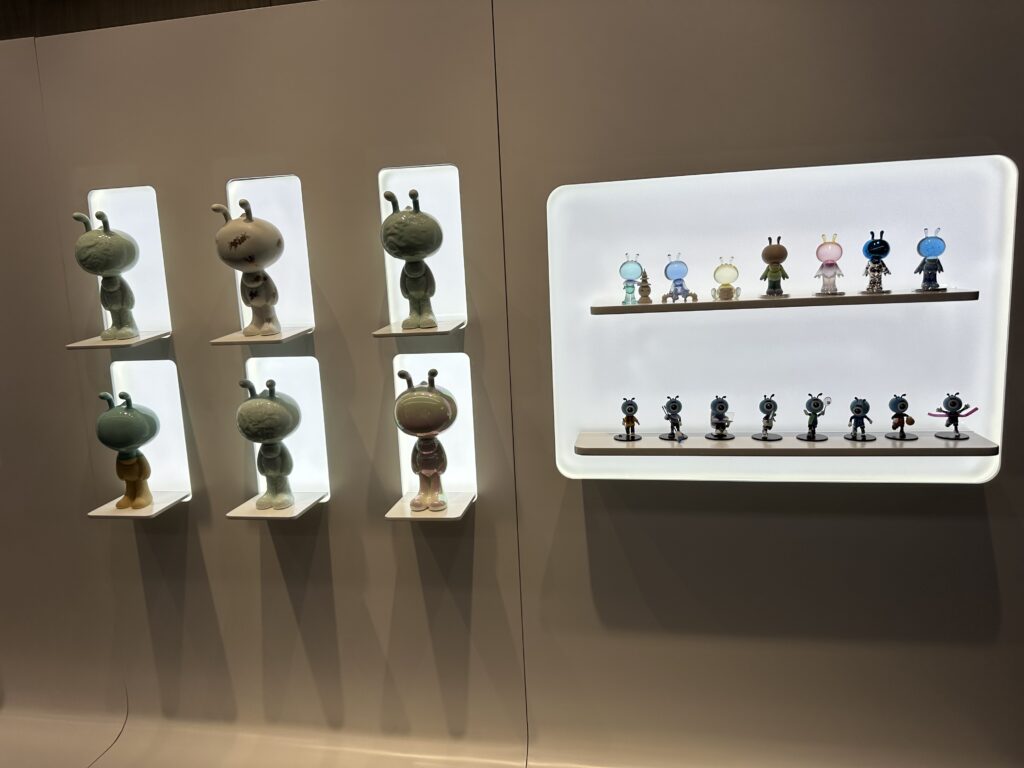
One of the most inspiring initiatives I encountered was Ant Forest. At first glance, it appeared to be a gamified feature in Alipay, a fun little tool that rewards users with green points for taking environmentally friendly actions, like walking or using public transit. I admit, I almost dismissed it. “Cute,” I thought. But then I learned that those digital points translated into something very real: trees, planted across arid and degraded landscapes in China. Not one or two thousand, over 300 million.
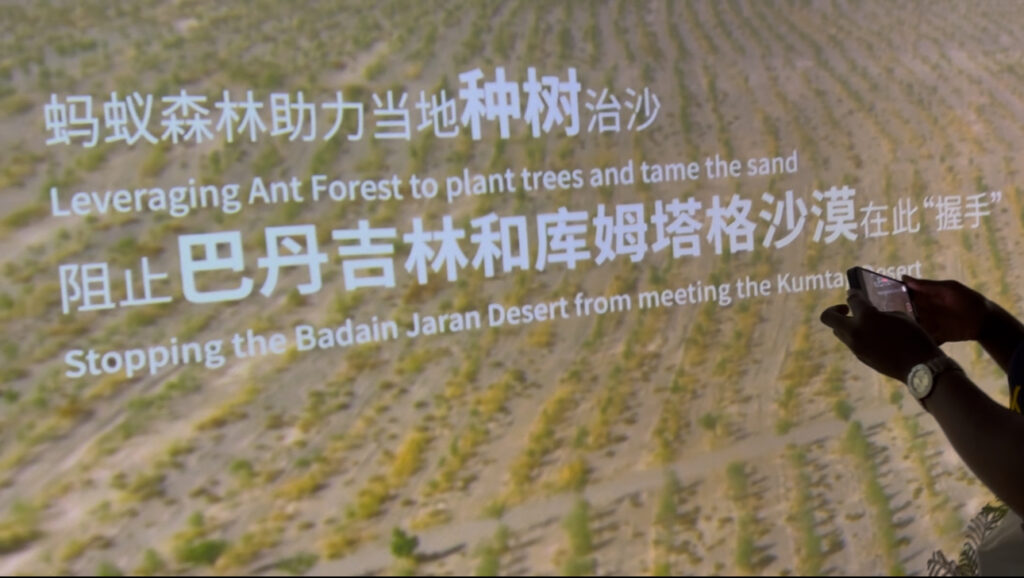
That number didn’t just impress me, it moved me. Because these weren’t symbolic gestures. They were tangible contributions to reforestation, driven not by government mandates, but by ordinary citizens tapping into their phones. Through micro-engagement, technology became a bridge between daily behavior and global healing. For once, the algorithm wasn’t just optimizing for speed or clicks, it was optimizing for impact.

But the most deeply human part of my experience came when I learned about Ant Group’s women-focused empowerment work. Through initiatives like the Mulan Project, A-Idol, and accessible insurance programs, Ant Group is helping to lift women, many of them from rural, underrepresented backgrounds, into the digital economy.
Imagine this: older women, some of them previously stay-at-home mothers, now performing digital work like AI labeling or virtual customer service. I spoke to someone who told me about a young girl proudly introducing her mother by saying, “She works in tech now.” Her face lit up with a pride that words can’t quite contain. That moment broke something open in me. In that girl’s eyes, her old mother wasn’t just a parent or a homemaker, she was part of the future. That’s what empowerment looks like. It’s not flashy or loud. It’s dignified, transformative, and often uncelebrated.
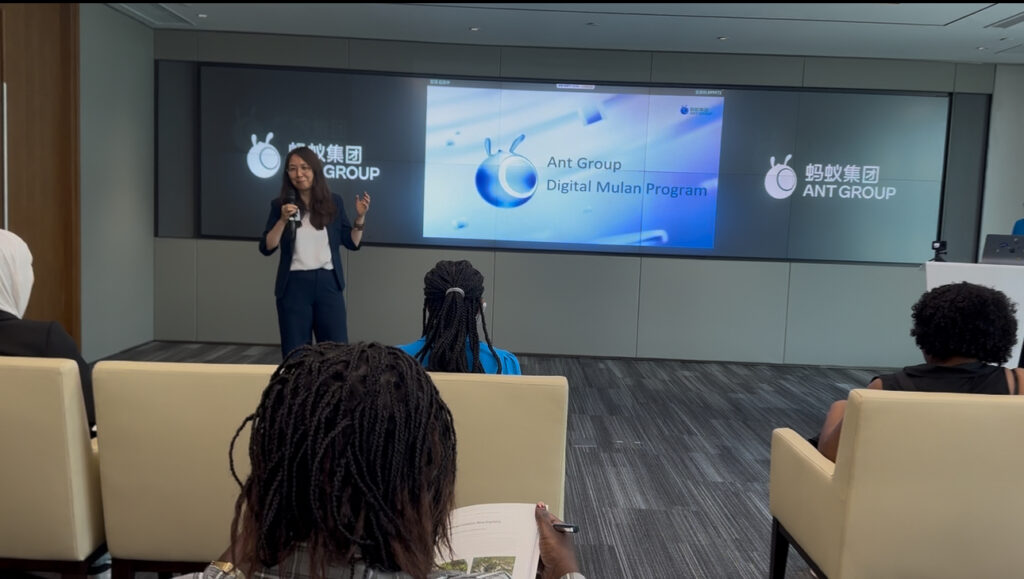
These weren’t isolated examples. Across conversations and visits, I kept seeing the same pattern: technology used with intention, guided by values that prioritized inclusion, sustainability, and equity. Ant Group’s leadership explained to me that the name “Ant” was chosen very deliberately. An ant, on its own, may seem small, even insignificant. But together, ants move mountains. They organize, they build, they support one another with extraordinary coordination. That metaphor became emblematic of everything I experienced.
In a world where tech titans often flex their muscle in isolation, Ant Group’s philosophy stood out like a quiet rebellion: progress doesn’t have to bulldoze. It can uplift.

Walking away from China, I didn’t just see a high-tech economy in motion, I saw a society trying, however imperfectly, to merge innovation with ethics. A place where apps can spark reforestation. Where elderly women can earn a living in a digital world. Where “tech for good” isn’t just a slogan, but a mission in motion.
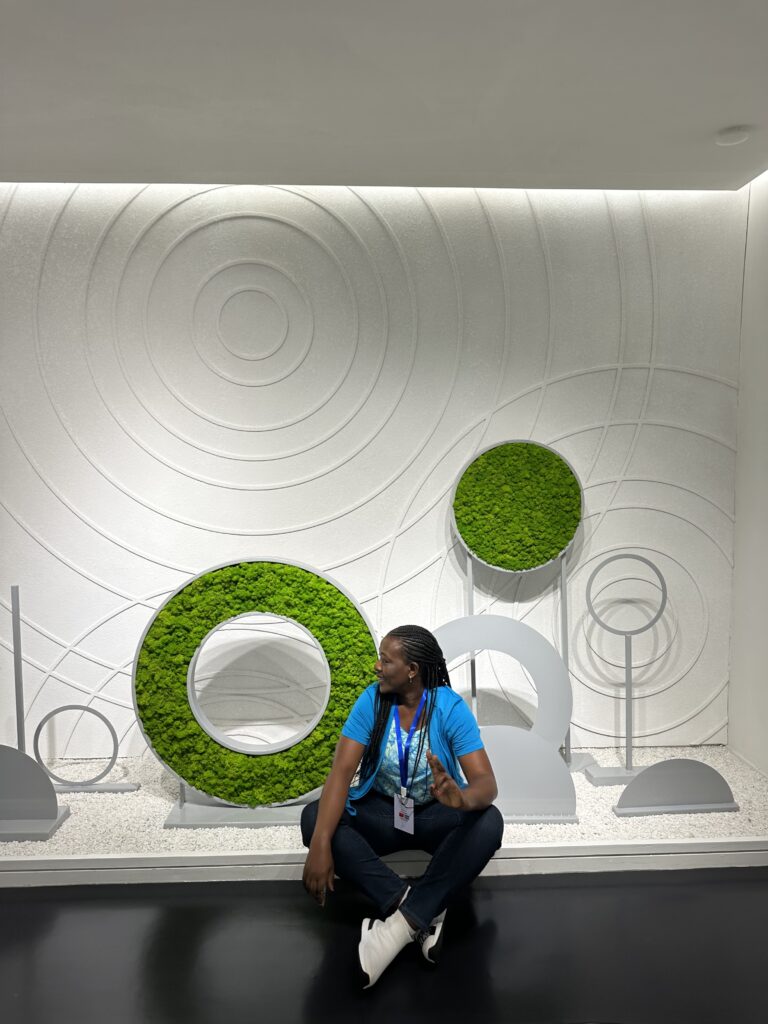
For the first time in a long while, I believed that maybe, just maybe, the future doesn’t have to choose between technology and humanity. It can, and must, embrace both.






